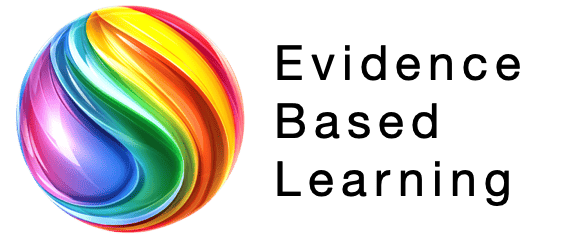

Self-assessment is the key to self-improvement. When students learn to assess their own learning, they can identify their strengths and weaknesses, and develop strategies to improve their performance. Paul Black and Dylan Wiliam
Introduction to Self-Assessment
Self-Assessment is the fifth Evidence Based Learning skill proven by research to maximise learning.
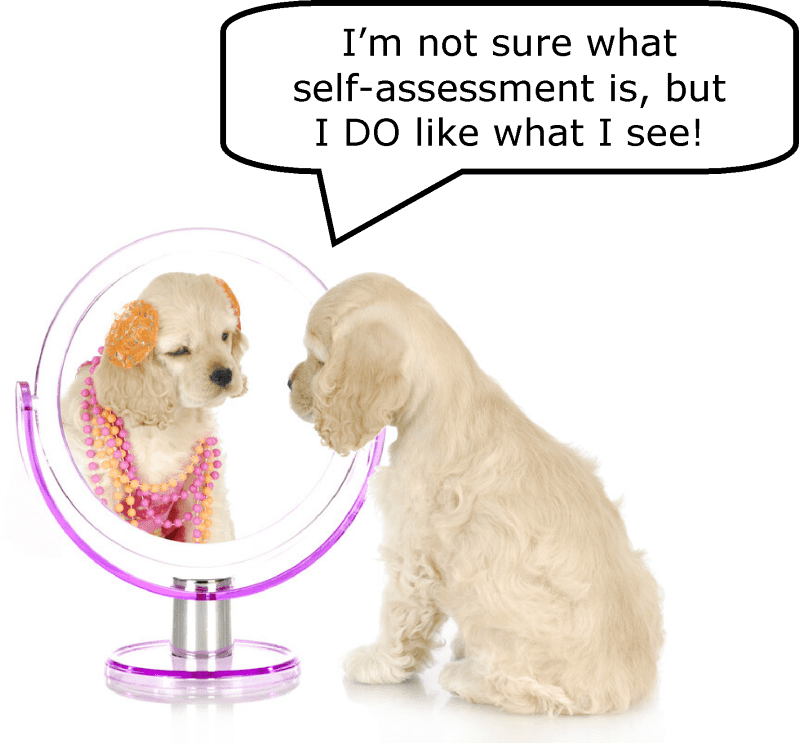
Self-assessment is a type of assessment that involves pupils evaluating both their work and their progress.
This type of assessment has been shown to have a number of benefits including increased motivation, engagement, and understanding of the material.
Self-assessment gives pupils the skills to become more aware of their strengths and weaknesses and allows them to improve their work and maximise their learning.
A definition of Self-Assessment
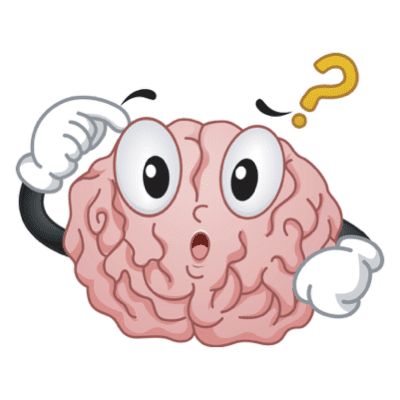
Self-assessment is defined as a process by which pupils:
1. Monitor and evaluate the quality of their thinking and behaviour when learning.
2. Identify strategies that will improve their understanding and skills.
James H. McMillan, Jessica Hearn – Student Self Assessment Education Digest 2009
Self-Assessment is a lifelong skill
A cornerstone of lifelong learning is the capacity for objective self-assessment – the ability to judge for yourself how well you are doing.
Student Self-Assessment – Duquesne University 2019
We always go out in two’s when Rusty is out and about!
Self-Assessment is the asking of key questions
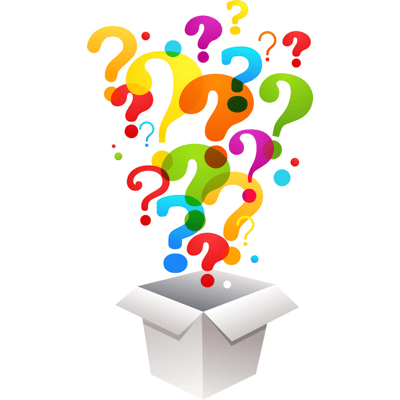
Learners need to learn how to assess their own progress by asking themselves some key questions about their learning:
LearnerWhere am I now?LearnerWhere am I trying to go?LearnerWhat do I need to do to get there?Student Self-Assessment 2007LearnerHow will I know I have accomplished what I set out to do?
A definition of Self-Assessment
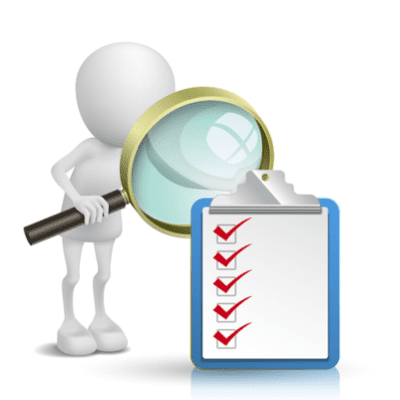
Self-assessment is defined as ‘the involvement of learners in making judgements about their achievements and the outcomes of their learning’ Boud and Falchikov (1989)
and
‘identifying standards and/or criteria to apply to their work and making judgements about the extent to which they have met these criteria and standards’ Boud (1995).
Guide to Self-Assessment Academic Practice – Wride 2017 University of Dublin – Trinity College
Self-Assessment will lead to learners:

Self-assessment is needed if learners are to progress to self-regulation because it involves…
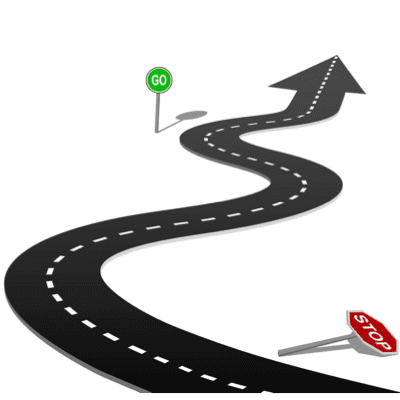
Self-assessment reduces teacher workload
When learners are supported to become effective at carrying out self-assessment, there is the potential to reduce teacher workload because feedback responsibilities are shared.
In large classes, the teacher cannot feasibly be the sole source of feedback so it is important that learners become learning resources for themselves and others.
Self-assessment is about more than self: the enabling role of feedback literacy 2022 – Taylor and Francis
Self-assessment often involves reflective activities
In self-assessment, pupils can be involved in reflecting on standards of quality in a task and developing criteria for evaluating their work. They also learn to apply criteria to their own work and that of their peers, and judge how well their work reflects those standards.
Engaging pupils in the assessment process in this way deepens both their engagement with course content and strengthens their metacognitive abilities as self-assessment often involves reflective activities that encourage pupils to think about and adjust their approaches to learning.
Adapted from: Student Self-Assessment: Reframing Assessment as Learning – Apr 2019 Rice Centre for Teaching Excellence
Learner self-assessment provides learners with an awareness of their learning needs
Half a century ago, David Ausubel argued that the most important single factor influencing learning is what the learner already knows, and that teachers need to ascertain this and provide appropriate instruction (Ausubel, 1968).
If knowing what the learner already knows is the most powerful factor influencing learning, it is necessary not only for the teacher to know it to better guide their teaching, but also for learners to know it to direct their subsequent learning activities.
Thus, learner self-assessment is appealing as a pivot point in learning because it provides learners with an awareness of their learning needs and allows them to use that awareness to motivate and guide efforts for further improvement.
Student self-assessment – A process for learning – Zi Yan 2022
What have I got for dinner tonight? Is it nearly dinner time? Is next door’s scary black and white Kat out and about in the garden? Will it go in my kennel and eat my dinner? Have I spelt Kat right?
Self-assessment is a learning opportunity for learners to develop self-regulation skills
Self-assessment requires learners to make judgements about their own work, identify the gaps between their current performance and the desired standard and take actions to close the gaps (Andrade, 2010).
Therefore, engaging in self-assessment is a precious learning opportunity for learners to develop self-regulation skills (i.e., setting targets, evaluating learning progress and improving the quality of the learning) (Harris & Brown, 2018; Yan & Boud, 2022).
In addition, the active and reflective role learners take in the self-assessment process results in a greater sense of commitment, autonomy and self-efficacy in learning (Panadero et al, 2016) and it reduces dependence on teachers (Brown & Harris, 2013), which, in turn, leads to higher intrinsic motivation to treat learning as a lifelong endeavour.
Student self-assessment – A process for learning – Zi Yan 2022
Is that daft dog above going to be entertaining again today? Will I be hiding in his kennel, after I have eaten his dinner, with my eyes shut just waiting to give a loud meow as he comes creeping in?
Self-assessment has many learning benefits
There is ample evidence that suggests that self-assessment has a positive impact on pupil learning.
It can improve performance, strengthen motivation and self-regulation, it can improve feedback literacy* and it can promote the development of evaluative judgment, and foster reflection and life-long learning.
Student Self-Assessment: Reframing Assessment as Learning – Apr 2019 Rice Centre for Teaching Excellence
*Feedback-literate learners understand and appreciate the role of feedback in improving work and the active role of the learner in these processes. They develop capacities to make sound academic judgments about their own work and the work of others.
Assessment and feedback literacy Queen Mary University of London
Summary of Self-Assessment (1)
Learner self-assessment occurs when learners assess their own performance. With practice, they learn to:
- objectively reflect on and critically evaluate their own progress and skill development
- identify gaps in their understanding and capabilities
- discern how to improve their performance
Student Self-Assessment – University of South Wales – March 1st 2022
- learn independently and think critically.
Summary of Self-Assessment (2)
According to McMillan and Hearn (2008), self-assessment is a guided, taught process that involves four steps:
– establishing assessment criteria with cooperation between teachers and pupils,
– showing pupils how to apply the assessment criteria and providing the necessary practice time in order to apply them,
– providing pupils with feedback on the results of applying those criteria in their work, and
– setting learning goals and strategies to achieve in the future.
Examining the impact of self-assessment with the use of rubrics on primary school students’ performance – Vasileiadou et al International Journal of Educational Research Vol 1 2021
Self-Assessment is needed for Self-Regulation (1)
✅ Develop persistence when their work gets difficult.
✅ Have belief in their ability to do their work.
✅ Reflect on their performance to identify what they need to do to improve.
Research on Self-Assessment (1)

Self-Assessment is a natural extension of Peer Assessment
Having assessed the work of others, pupils often find it easier to identify weaknesses in their own work and to see how they can make improvements. They should be encouraged to reflect on their own development and progress, comparing their current work with that produced previously and with their own personal targets.
Looking at the work of others can also help pupils to understand the different approaches they could have taken and to appreciate that there are different ways of achieving success.
Self and peer assessment – The National Foundation for Educational Research in England and Wales – NFER Classroom
Research on Self-Assessment (2)

Errors need to be “valued as learning opportunities”
Self (and peer) assessment requires a classroom culture or ethos where errors are valued as learning opportunities and admitting to not understanding something is acceptable.
Pupils act as critical friends, critiquing the work of others in a way that both supports and challenges them and facilitates their future success.
Self and peer assessment – The National Foundation for Educational Research in England and Wales – NFER Classroom
Research on Self-Assessment (3)

Self-assessment is almost pointless if there is ‘no opportunity for adjustment and correction’
I have long held that self-assessment is feedback (Andrade, 2010), and that the purpose of feedback is to inform adjustments to processes and products that deepen learning and enhance performance; hence the purpose of self-assessment is to generate feedback that promotes learning and improvements in performance.
This learning-oriented purpose of self-assessment implies that it should be formative and take place during the learning: if there is no opportunity for adjustment and correction, self-assessment is almost pointless.
A Critical Review of Research on Student Self-Assessment Andrade 2019 Frontiers in Education
Research on Self-Assessment (4)

A condition for effective self-assessment is access to clear criteria on which to base self-assessment. This can be met by introducing a rubric.
A good rubric describes the kinds of mistakes pupils tend to make, as well as the ways in which good work shines. It gives pupils valuable information about the task they are about to undertake and takes the guess-work out of understanding their learning targets, or what counts as high quality work.
A Critical Review of Research on Student Self-Assessment Andrade 2019 Frontiers in Education
Research on Self-Assessment (5)

“Rubrics can be a powerful self-assessment tool”
One way to support thoughtful self-assessment is to provide a rubric or create one with students. A rubric is a document that lists criteria and describes varying levels of quality, from excellent to poor, for a specific assignment (Andrade, 2000).
Rubrics can be a powerful self-assessment tool – if teachers disconnect them from grades and give pupils time and support to revise their work.
Self-Assessment Through Rubrics – Heidi Andrade Educational Leadership – Volume 65 Jan 2008
Research on Self-Assessment (6)

“Metacognitive awareness is the key to self-assessment”
Metacognitive awareness involves making learners aware of themselves as thinkers and develops the self-awareness needed for them to assess and improve their own learning.
Metacognitive awareness is promoted by helping learners to reflect on their thinking and decision-making processes.
This metacognitive awareness is the key to self-assessment.
Adapted from: Personalised Learning: A Guide for Teachers – Robert Fisher Learning and Teaching Reflection Framework The Highland Council
Research on Self-Assessment (7)

Self-assessment leads to independent and more motivated learners
In self-assessment, pupils step back from the learning process to think about their learning strategies and their progress as learners.
Such self-assessment encourages pupils to become independent learners and this can increase their motivation.
Adapted from: Assessing Learning Peer and Self Assessment
Conclusion I

Self-assessment has “a positive impact on learner motivation, engagement, and achievement”
Self-assessment is a critical component of 21st century learning and has been shown to have a positive impact on learner motivation, engagement, and achievement.
By teaching learners to reflect on their own learning and evaluate their own progress, we are helping them to become more self-directed in their learning.
Additionally, self-assessment promotes a sense of ownership and responsibility for one’s own learning, and it provides valuable feedback for teachers, who can then use this information to personalise their instruction and support learner growth.
S.K. Smith & J.M. Johnson – The impact of self-assessment on student motivation and achievement in the 21st century classroom Journal of Educational Research – Vol 21 2017
Conclusion II

Self-assessment helps students reach “their full potential”
Self-assessment provides students with valuable feedback, which can help them to improve their work and reach their full potential.
Inside the Black Box: Raising Standards through Classroom Assessment Paul Black and Dylan Wiliam 1998
Conclusion III

Self-assessment lays the foundations for metacognition
Self-assessment promotes student autonomy, self-reflection, and the development of metacognitive skills.
Classroom Assessment for Understanding – Grant Wiggins published by Jossey-Bass 1998
Conclusion IV

Self-assessment lays the foundations for independent learning
Through self-assessment, students become more aware of their strengths and weaknesses, leading to greater responsibility and ownership over their own learning.
Assessment for Learning: Putting it into Practice – Richard Stiggins published by Educational Testing Service (ETS) 2002
Conclusion V

“Self-assessment enhances learning…”
Self-assessment enhances learning by providing students with opportunities to compare their work with explicit criteria, to internalise the criteria, and to actively engage in closing the gap between current and desired performance.
The Impact of Self-Assessment on Student Learning: A Meta-Analysis by D. H. Schunk and B. J. Zimmerman 1997
